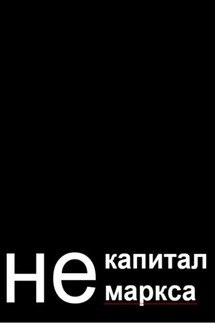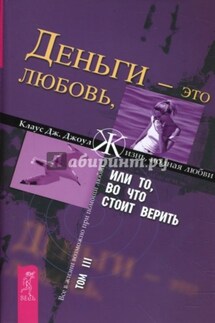The General Theory of Capital: Self-Reproduction of Humans Through Increasing Meanings - страница 15
Can a human being understand things without using words? Can language be reduced to gestures and tactile sensations rather than words? Although the Zagorsk experiment on teaching deaf-blind children did not provide a definitive answer to this question, we are inclined to believe that this is probably impossible. Meanings and words are inextricably linked for humans.
Studying the language development of a child is a key to understanding the language development of all humanity. A child learns language through a socially activated plane of expression, saturated with active norms. Active norms in this case are sensorimotor schemes and the event models and action programs built on them: connections between symbols (words, gestures) and actions: “eat,” “drink,” “sleep,” “walk,” etc. A child is predisposed to internalize these connections.
3. Traditional choice and cumulative culture
Meanings, counterfacts and choices
Konstantin Tsiolkovsky once said that the concentration of energy in stars preceded the evolution of organisms (Tsiolkovsky 2004, p. 105). Life with its laws of selection has its origin in the inanimate nature with its laws of collection (or gravity). Culture, in turn, has its origin in life. Organic evolution occurs through selection within populations: genetic variability requires a change of generations of individuals. Cultural evolution begins as an extension of natural selection, as a mixed selection of individuals, which occurs not only on the basis of variations in genes, but also on the basis of variations in meanings. However, if genes, as elements of biological information, are rigidly tied to populations of individuals and cannot change independently of the organisms as their carriers, then meanings, as elements of cultural information, as socially transmitted material abstract actions, can change independently of human organisms within the framework established by the active power of man, his instincts, practices and reason.
As Leonid Krushinsky has shown, in the lower stage of biological evolution, the behavior of animals is mainly influenced by instincts, while as the nervous system becomes more complex, learning (practice) plays an increasingly important role in adaptive behavior. In modern humans, with their differentiated cerebrum, behavior is largely determined by reason (Krushinsky 1986, pp. 135-6). At the same time, “the basis of intelligent action is an extremely broad norm of reaction; behaviors performed with the participation of reason can go far beyond the forms of behavior that arose as adaptations to specific living conditions” (Krushinsky 1986, p. 80). Since intelligence, as a late product of mixed selection, has not been refined by it as much as learning, the frequent solving of new problems can lead to neuroses (ibid., pp. 228-9).
Practice and intelligence are not exclusively human characteristics. Animals also have their own animal “traditions” and their own “intelligence.” However, the difference between an animal and a human is not purely quantitative, as Darwin saw it. The difference is qualitative: animals use means but remain in nature. Their means and methods do not form a domus that would separate itself from the natural habitat.
Robert Sapolsky points out that the broad reaction norm underlying human intelligence is itself a result of evolution (we would say mixed selection) that has freed the human brain from the tight control of the genetic program:







